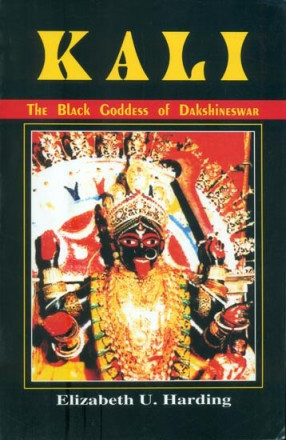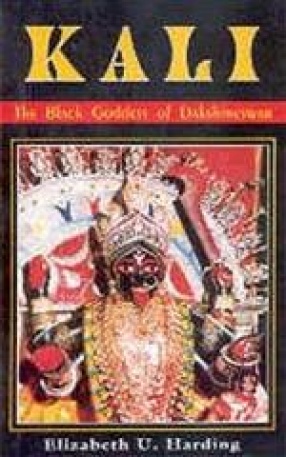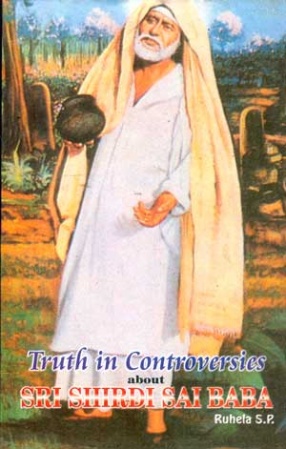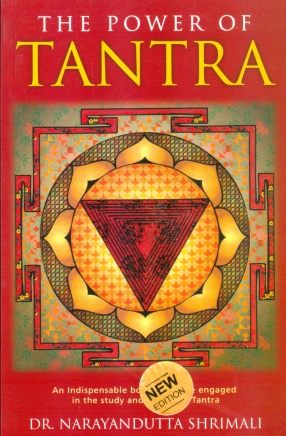Kali - The Black Goddess of Dakshineswar
Kali, the Divine Mother, has been largely misunderstood in the West. As a result, people have labeled her as something evil rather than a source of joy. Up close, the concept of Kali is no more startling than the Christian practice of partaking of Christ's body and drinking his blood during communion. This book attempts to clarify who Kali is and to make the reader feel what it is like to be in India and experience Kali. What does Kali mean to me. In order to read this book, one does not have to be familiar with Hindu philosophy. I have tried to acquaint the reader with the Hindu concept of God, the Mother, through stories, historic references, an overview of traditional philosophy, and vivid descriptions of the Dakshineswar Kali Temple-the place and its people. The reader becomes the pilgrim, sharing the excitement and preparation of other pilgrims on the way to see the Divine Mother Kali. Besides getting a glimpse of the Hindu attitude toward this Mother Goddess, one gets useful information about customs at the Dakshineswar Kali Temple- what to do when one arrives there and why. The third chapter explains the symbolism of Kali and how she is seen by people from different cultures, following different philosophies. It gives a detailed description of the Dakshineswar Kali image and her inner shrine, which is off limits for most people. It looks at the Mother Goddess according to Tantric and Vedantic views. An ongoing commentary by Sri Ramakrishna (taken from The Gospel of Sri Ramakrishna), the Kali saint who lived in Dakshineswar, helps the reader perceive the Goddess in her Mother aspect. The fourth chapter is dedicated to the worship of Kali, the general concept of Hindu worship and the worship as it is performed at the Dakshineswar Kali Temple-on a daily basis and on special occasions. I found it impossible to write about the Dakshineswar Kali Temple without mentioning Rani Rasmani, the woman who built it. She was a great devotee of Kali. She was very beautiful and, though born poor and of low caste, married an extremely rich man. Upon his death, she decided to take on the responsibility of managing his vast wealth and to build a temple to her beloved Mother Kali. This took tremendous courage since the time was the early 1800s, when women, especially those of low caste, had no place in society except beside their husbands. The Rani's view was catholic-she built a Vishnu temple and twelve Shiva temples in the same compound. (Kali and Vishnu followers often do not get along- Shaktas eat meat while Vaishnavites are strict vegetarians.) The last chapter is devoted entirely to Kali's mystics, the people who attained the highest realization by worshipping Kali. Though the saints mentioned in this chapter lived mostly in West Bengal in India, their colorful lives, their convictions, and their approach toward the ups and downs of life have a global appeal. The absence of Westerners among Kali saints in this book does not indicate that great devotees of Kali can only be found in India. Since I began working on this book, I met many wonderful people in the USA who are devoted to Kali. The more I learn about this Great Goddess, the more I feel my understanding of her has just begun and will continue, per- haps, a lifetime.
Get it now and save 10%
BECOME A MEMBER








Bibliographic information